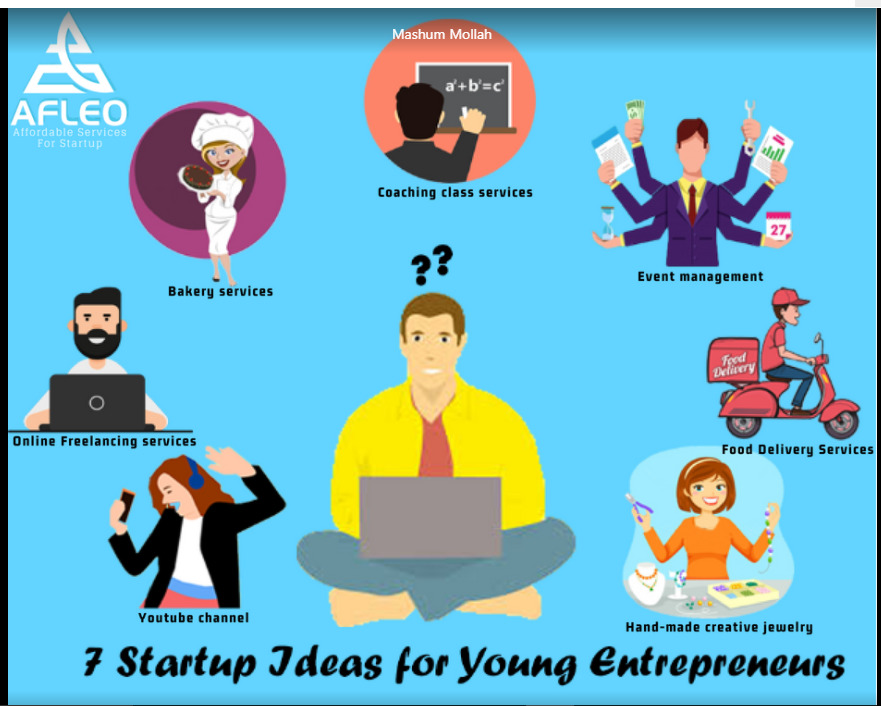Do you have an elevator pitch?
Whether you’re an ambitious entrepreneur with nothing more than a good idea, a fully funded startup gearing up for further funding rounds or your long-anticipated go-to-market, or a mature company looking to retake control of its reputation, a succinct encapsulation of your identity and solution(s) is crucial to a cogent market strategy.
Elevator pitches are important for individual professionals, too. “Your elevator pitch is a way to share your expertise and credentials quickly and effectively with people who don’t know you,” writes personal branding expert Alison Doyle.
Here’s what you need to do to develop and refine your elevator pitch. Your ultimate goal: a comprehensive spiel that answers one question — “what do you do?” — in 60 seconds or less.
1. Start With a Concise Directory Description
The nub of your elevator pitch is a company description (or a personal one, if you’re still pitching an idea) that factually describes what you do (or hope to do). If you haven’t already done so, develop a descriptive statement for your social media and business directory profiles, along with the lines of this Crunchbase profile for Florida entrepreneur Steve Dorfman. This statement won’t be compelling enough to build your entire elevator pitch around, but it’s a good skeleton for the initial who-what-where.
2. Identify Your Core Audience Groups
How much do you know about audience segmentation? If your answer is, “not much,” get up to speed on the process and spend some time drilling down on the core audience groups to which your pitch needs to speak (if you’re not already reaching out to them in other ways). Remember, you can draft multiple iterations of the same pitch, depending on who’s in the room or on the page.
3. Set Yourself Apart from the Competition (Without Disparaging Them)
Now comes the real meat of your pitch: a unique selling proposition that differentiates your idea or solution from competing concepts — theoretical or otherwise — without throwing shade. Generally speaking, you don’t want to name names, unless your solution is an explicit offshoot of something that came before.
4. Isolate One or Two Key Factoids or Stats
You don’t have a lot of time to throw facts or stats out at your audience. Nor should you dwell on specifics, for their (and your) sanity. But a well-placed nugget or two may well be what’s needed to concentrate minds. Again, your audience may dictate which nugget you choose to include in any given iteration.
5. Make the Ask
You won’t know if you don’t ask — to make the ask, smoothly. Regardless of who’s listening, your pitch should conclude with a clear call to action that doesn’t read like a pro forma sales pitch. Make your audience believe in what you’re asking them to do.
You’re Talking — Is Anybody Listening?
We’ve all been there: explaining a concept near and dear to our hearts so earnestly that we become lost in our own narrative — only to pull back and realize that the audience has nodded off or lost the plot.
A concise, well-articulated, well-organized elevator pitch should hold your audience’s attention, if only because it’s not long enough to put anyone to sleep. Striving to be the entrepreneur who listens twice as much as they talk doesn’t preclude you from being the entrepreneur who effortlessly commands a room, too.
Read Also:






















